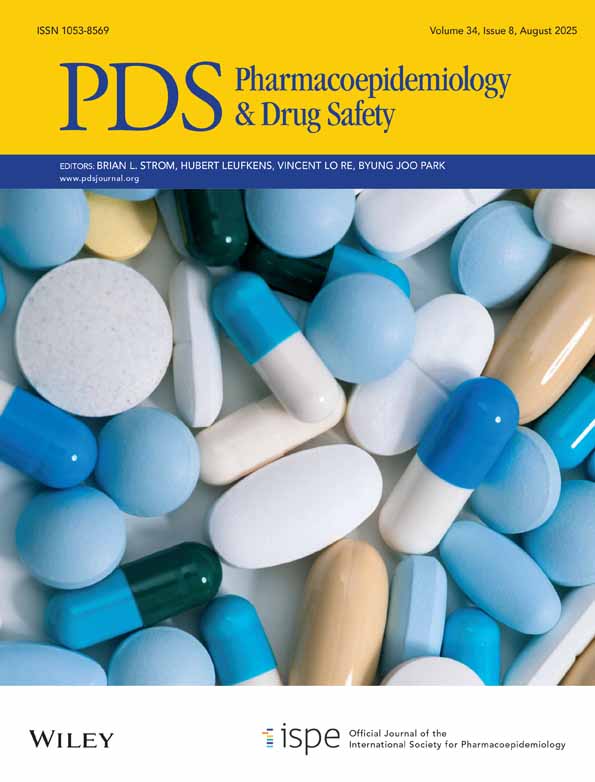Effectiveness of amoxicillin, azithromycin, cefprozil and clarithromycin in the treatment of acute otitis media in children: a population-based study†
Conflict of interest was declared—Jacques LeLorier has acted as a consultant and paid speaker for Abbott Laboratories, Bristol-Myers Squibb Canada, GlaxoSmith Kline and Pfizer Canada.
Abstract
Population-based studies may give results different from randomized clinical trials assessing the efficacy of antibiotics.
Objective
To determine the effectiveness of amoxicillin, azithromycin, cefprozil and clarithromycin in the treatment of acute otitis media (AOM) in children.
Methods
Using Quebec Health Insurance databases (RAMQ), we selected a cohort of children aged ≤6 years, with a first episode of AOM between 1999 and 2002. The index AOM was defined as a medical service claim with a diagnosis of AOM and an antibiotic dispensation in the following 72 hours. Failures were defined as a new antibiotic dispensation, a hospitalization or outpatient visit for complications related to AOM in the 30 days after the index AOM. Data were analyzed using logistic regression.
Results
Overall, 12 693 failures occurred among 60 513 first episodes of AOM. Azithromycin was the only antibiotic that was associated with a decreased risk of failure overall, when compared to amoxicillin (OR 0.88, 95%CI: 0.82, 0.94). However in the first 3 days of treatment (n = 680), azithromycin was more associated with treatment failure (OR 1.6, 95%CI: 1.3, 2.0). Compared to amoxicillin, post-therapy failures (n = 9387) were more likely to occur with cefprozil (OR 1.2, 95%CI: 1.2, 1.3) but were less with azithromycin (OR 0.8 95%CI: 0.8, 0.9).
Conclusions
Azithromycin had the lowest risk of failure 30 days after the onset of treatment but an increased risk of failure during the first few days of treatment. Amoxicillin remains an effective first-line drug for treating first AOM episodes. Copyright © 2004 John Wiley & Sons, Ltd.




